What You Need to Know About Cyber Liability
Imagine for a moment that a well-developed community of cyber criminals have targeted your company. They’ve infiltrated your network and gained access to not only employee’s names and contact information, but also customer data. If your organization needs to remain HIPAA or SOX compliant, this translates into significant violations and devastating financial repercussions.
Hope For the Best, Plan for the Worst
When it comes to cybersecurity, you might hope for the best, but you absolutely need to plan for the worst. It’s only in recent years that companies are beginning to take data security seriously, in light of highly publicized data breaches.
Many organizations know they need to be prepared, but they’re not sure how, and even fewer are educated about cyber liability risks.
Is your business behind the curve when it comes to cybersecurity?
Here’s what you need to be educated on if you want to prevent a disaster from taking place within your organization.

Cyber liability: Is your business behind the curve?
About Cyber Liability
Cyber liability is a risk. Any business that conducts business over the internet, another type of network or that stores data electronically poses this risk.
There are two types of cyber liability risks – first party and third party.
FIRST PARTY LIABILITY
This type of liability occurs when your own company information is exposed, such as a company trade secret.
THIRD PARTY LIABILITY
A third party liability takes place when your company stores customer or partner information, and that information is breached.
Third party risks are particularly devastating to businesses. Fines can soar upwards toward $50,000 per incident for HIPAA violations.
YOU NEED TO KNOW…
Cybercrime is Becoming More Sophisticated, as Are Hackers
Cyber criminals have figured out that while stolen financial data has higher market value than stolen medical records, there is a growing market for exploiting and monetizing stolen medical records.
Unlike credit card data, the “nonperishable” nature of medical records makes healthcare an attractive target for hackers.
Anyone can change credit card data, but protected health information (PHI) can’t be altered and if exposed, could put patients at risk of fraud, theft, extortion or even blackmail.
YOU NEED TO KNOW…
Cyber Criminals are shifting their Focus on Less-Prepared Industries
The business of cybercrime in the healthcare sector, small business and many other ill-prepared industries is growing – and many organizations are still relying on old playbooks. Gaining the upper hand in cyber security truly equires a layered security approach.
YOU NEED TO KNOW…
The Importance of Layered Security
You might assume your company is not at risk, when in fact, it’s quite the opposite. There is no sure-fire singular way to protect against data breaches and for this reason, a layered security approach is the best defense against cyber risks.
What is layered security?
Rather than relying on one form of defense (such as a firewall), a layered security approach involves multiple layers of security measures so that if one layer is penetrated, another layer of defense is behind it.
Think of layered security as you would slices of Swiss cheese stacked side-by-side.
The first layer of defense might be at a system level, the next at a network level and another at the application or the transmission level where security efforts are focused on data in use rather than at rest.
Through a layered security approach, a threat might pass through one layer of security, but it must get through several other layers in order to penetrate your network.
This approach protects against a single point of weakness and provides the highest level of security for your business.
If you don’t have a layered security approach implemented in your business and you need to remain HIPAA, SOX compliant or you need to adhere to another set of stringent compliance regulations, a security assessment is a great next step toward identifying vulnerabilities and security issues within your network.
Ontech Systems offers a complete IT Security Assessment that scans your network and gives you an in-depth look at network areas that are typically the most unsecure. We will provide you with 6 comprehensive reports that deliver all the information you need to know, right at your fingertips.
Related Topics
9 Ways to Reduce Cyber Liability Risks
There are a number of things you can do to guard against cyber liability risks. While the following list is a start, it is by no means a comprehensive list. Find a more detailed cyber security checklist here.
- Ensure all security software and hardware is up to date.
- Move data offsite to a secure cloud provider.
- Establish a disaster recovery and business continuity plan.
- Don’t rely on consumer grade file sharing solutions.
- Back up your data to a secure offsite location.
- Educate employees about company data policies.
- Educate staff about best practices in cyber security.
- Establish a bring your own device (BYOD policy).
- Implement a layered security approach.
Why Are Security Assessments So Important?
A security assessment can identify weak spots in your network. Once these vulnerabilities are discovered, the discussion for an effective solution can begin.
Conducting these assessments on a regular basis helps to decrease the chances of a data breach within your network. If your company handles private personal information, credit card information, eCommerce, or you need to maintain some type of compliance level, this is a highly recommended, proactive step to take.
Give our Ontech Systems support team a call at (262) 522-8560, connect with us online to get started or learn more about our security assessments.


